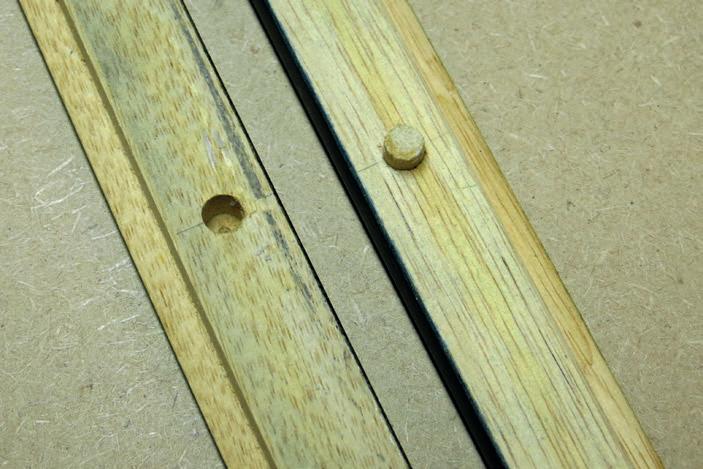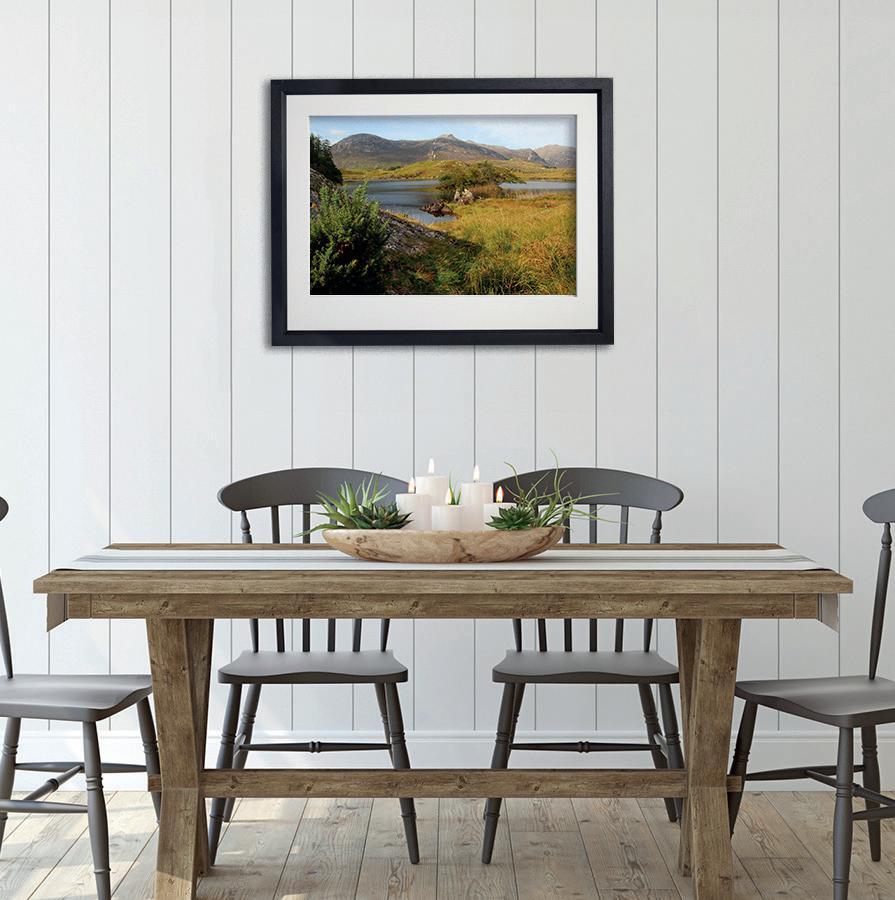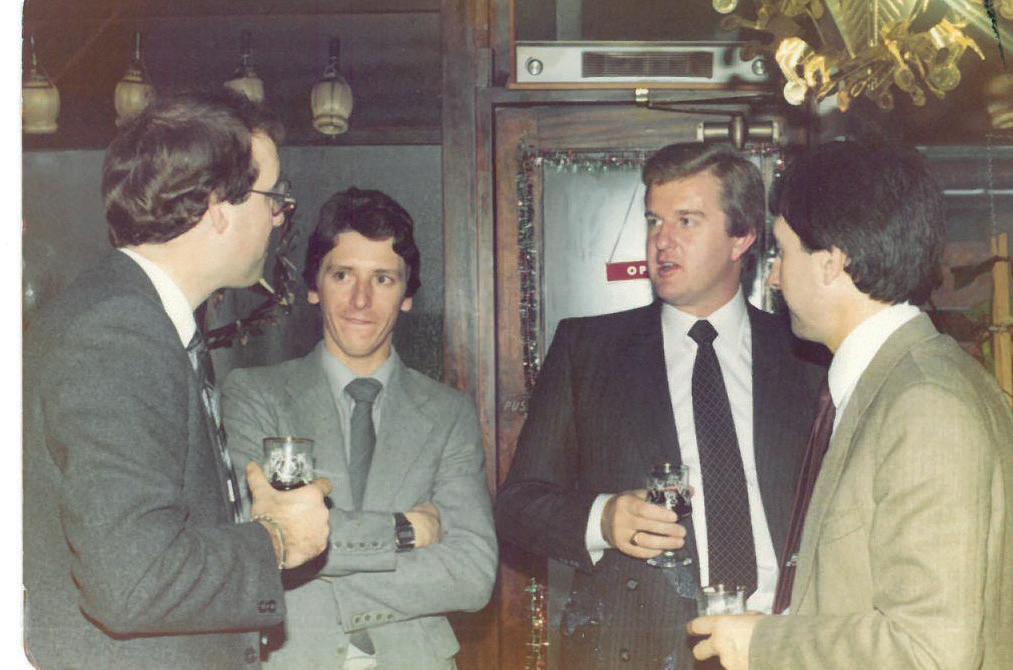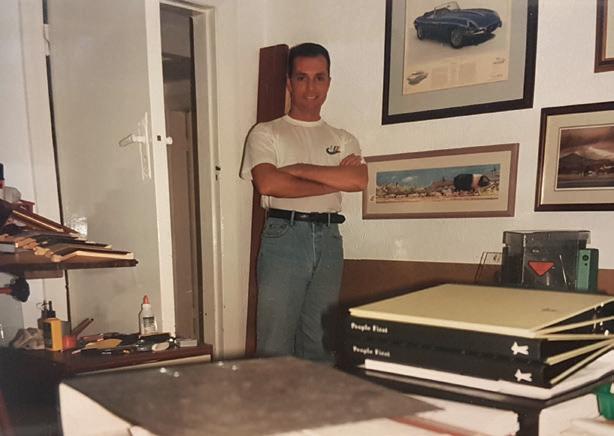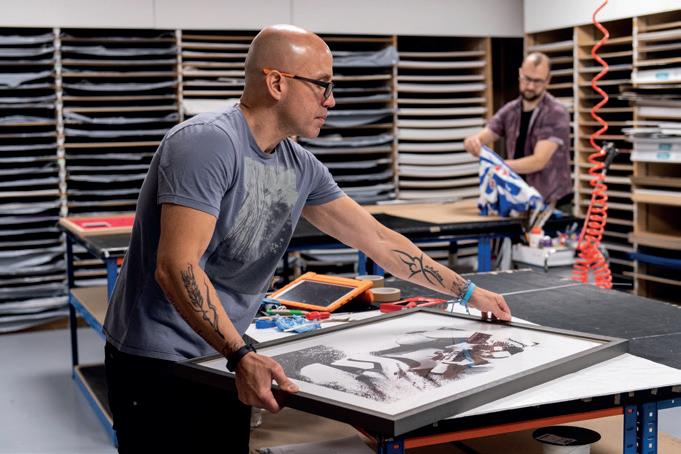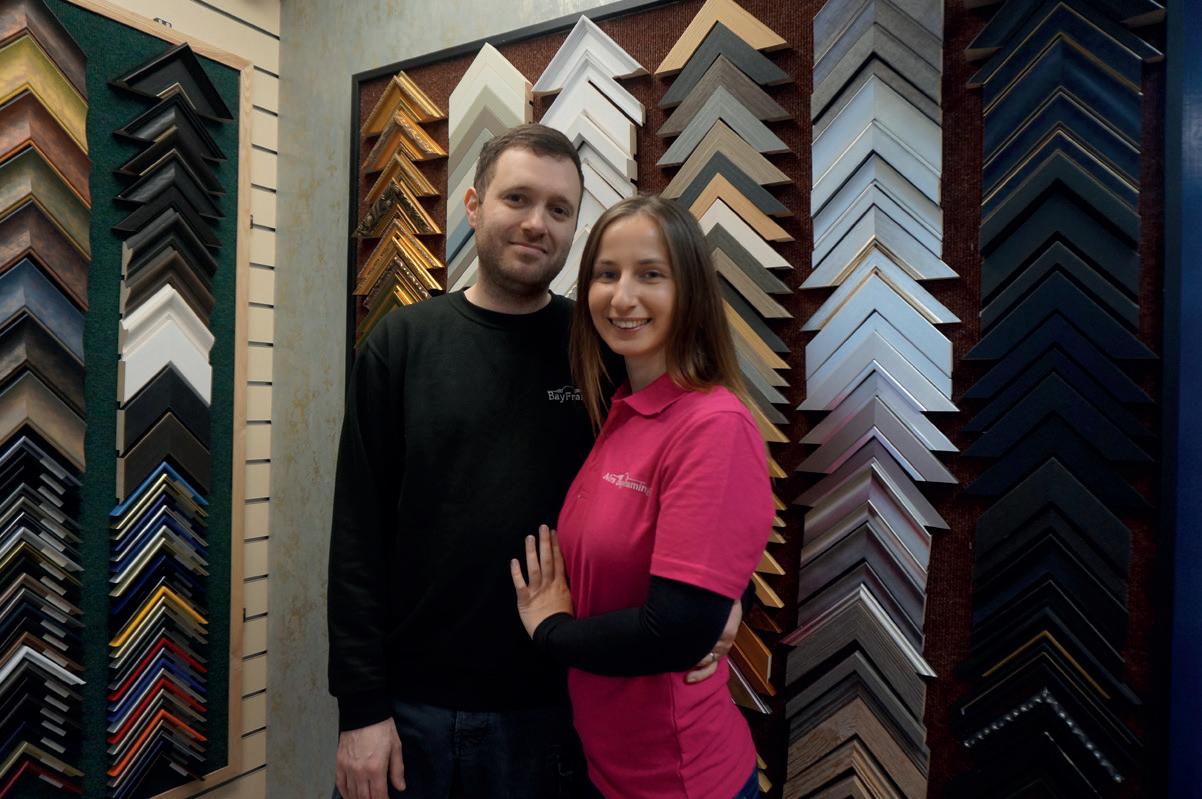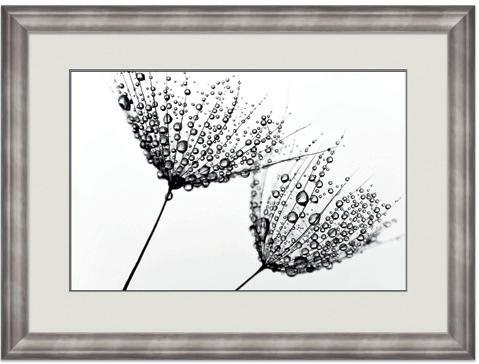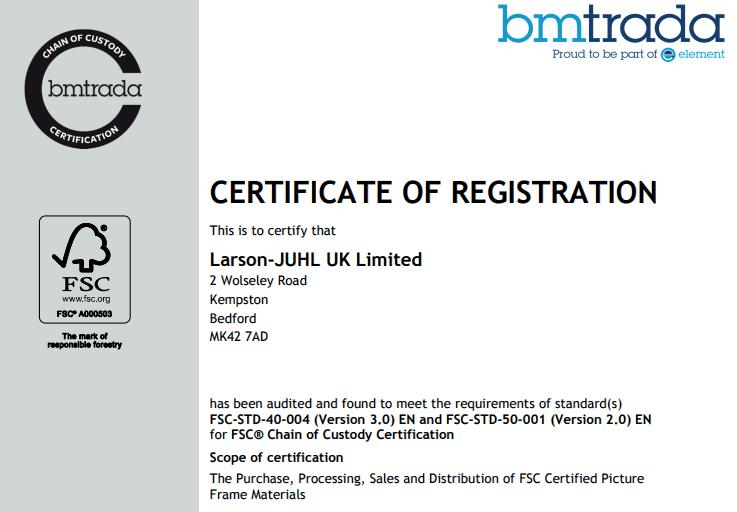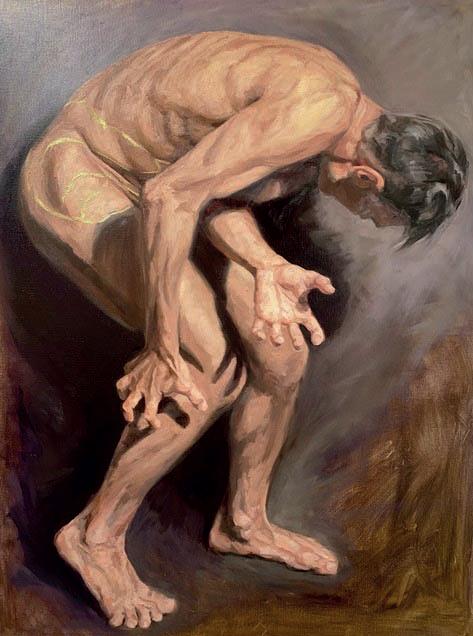HERE’S TO
25 YEARS!
Larson-Juhl has worked with notable fine art publishers Washington Green for decades and we are so pleased to be able to help them mark 25 brilliant years of their retail galleries, Castle Fine Art. As part of their anniversary celebrations, they reviewed the best art from 1995 to the present day – from artists inciting political movements, to championing human rights and influencing new technologies, we’d like to revisit some of the key moments with you in 4walls.
1990s
2000s
The 1990s can be defined as the period in which contemporary art began to evolve and give rise to the art we see today. Globalisation and the rise of the internet heralded the use of new media and an increased focus on multiculturalism. Critics and consumers alike began to embrace works by Latino and AsianAmerican artists, as well as AfricanAmerican artists such as Lorna Simpson and Pat Ward Williams who took centrestage at the infamous 1993 Whitney Biennial.
The 2000s were a decade of celebrations: the Tate Modern opened in 2000 with over five million visitors in its first year, while the Guggenheim celebrated its 50th anniversary. Public art projects included Anthony Gormley’s One & Other performance in 2009, which involved 2,400 strangers occupying the fourth plinth in Trafalgar Square, London, for one hour each over the course of 100 days.
The Guerrilla Girls at the V&A Museum in London. Credit: Eric Huybrechts
Artists of this period were also some of the first to explore subjects such as LGBT rights, race and AIDS, and activists like the Guerilla Girls infiltrated the industry to fight against gender and ethnic bias. In 1992, at the opening of the Guggenheim in NYC, their organised demonstration in response to an exclusively white male show included handing out bags with gorilla heads printed on them for protesters to wear over their faces.
As the economy recovered from the market crash of the 90s, art fairs took over, while museums across the globe underwent major rebuilding programmes. MoMA in New York, opened its doors in 2004, while in Paris the Louvre reopened its Musée des Arts Décoratifs in 2006. China and India welcomed a contemporary art boom and artists from the Middle East and Iran inspired an international audience. In Versailles, Jeff Koons pushed the boundaries of taste by installing his flamboyantly kitsch sculptures amongst the opulence of the Palace, including his signature balloon dogs and a rendering of Michael Jackson with his pet chimpanzee, Bubbles.
2010s In 2010, the Instagram app launched, and the world changed forever. Artists began to create ‘Instagrammable’ art that could be shared worldwide via smartphones. Likewise, AR and VR technology encouraged viewers to interact with the art.
‘Log Lady & a Dirty Bunny’ by Marnie Weber
Performance, conceptual and body art made household names of Damian Hirst and Tracey Emin, while transgressive street art adorned the world’s capitals and a digital revolution produced the first ‘internet art’. ‘Balloon Dog (Magenta)’ by Jeff Koons, at the Palace of Versailles in France. Credit: Marc Wathieu
12
‘Michael Jackson and Bubbles’ by Jeff Koons, at the Palace of Versailles in France. Credit: Jean-Pierre Dalbéra
Politics were a recurring theme, as portraits of Barack and Michelle Obama swamped social media, and the election of Donald Trump as the U.S. president in 2017 sparked an outpouring of satirical sketches and illustrations. Similarly attention-grabbing was Banksy’s Dismaland exhibition in 2015, and the shredding of his £1 million ‘Girl with Balloon’ painting at Sotheby’s that followed in 2018.

